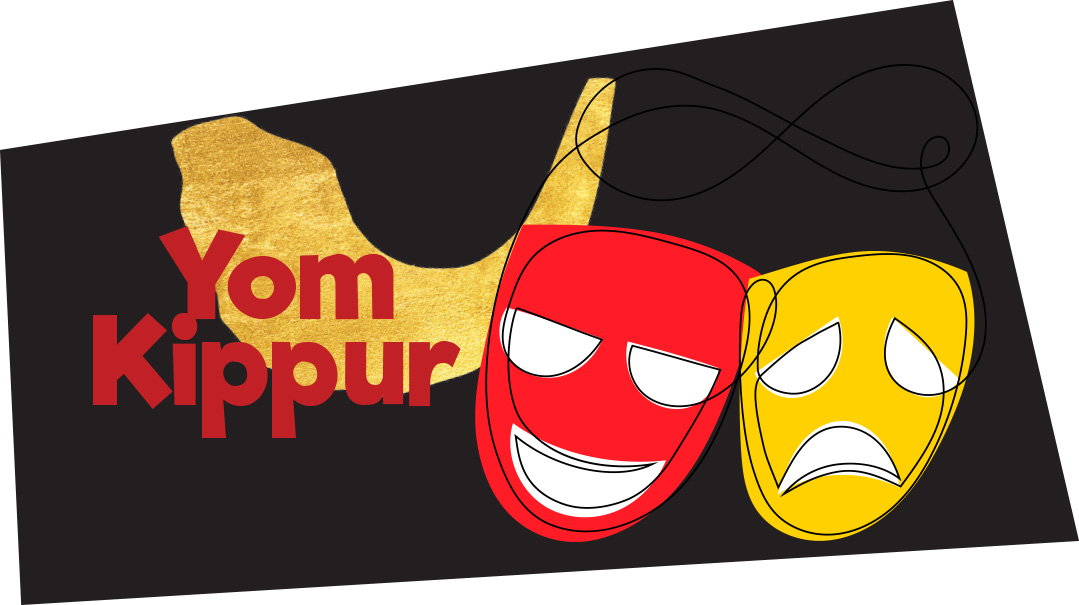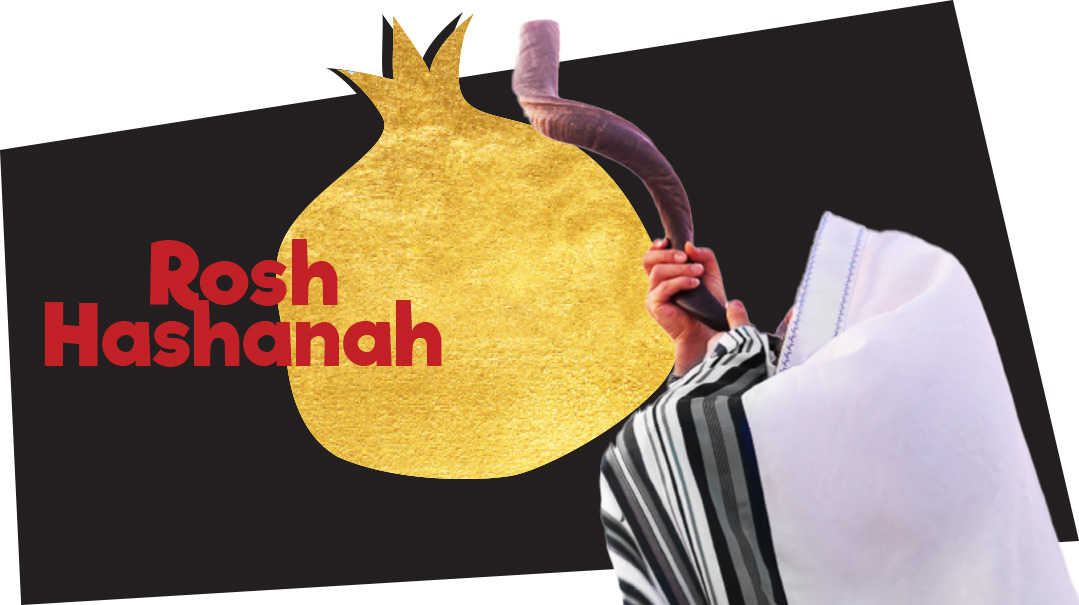In the Spirit of…Yom Kippur
| September 28, 2022Yom Tov trivia

Food for Thought
Serious, Somber… and Sad?
Some people think that Yom Kippur is a sad day. It shares a lot of the same prohibitions as Tishah B’Av, the saddest day of the year, and it’s a fast day, with no Yom Tov seudah. To top it all off, the adults are serious and somber and may even cry.
But actually, the Gemara tells us Yom Kippur is one of the two happiest days of the year! (The other is Tu B’Av). What? How can that be? How can Yom Kippur, this serious and somber day, be considered one of the most joyful days on the calendar?
The answer lies in remembering what the purpose of Yom Kippur is: “Salachti k’dvarecha.” This is the day when Hashem forgives our sins. It’s the day when Hashem cleans us from all the impurity we’ve accumulated over the past year.
Most significantly, it’s the day we make a concerted, 25-hour effort to reconnect to Hashem.
And there’s nothing more joyous than connecting with HaKadosh Baruch Hu.
It can sometimes be hard for kids (and even adults) to feel that connection, but that’s okay. All you have to do is remember that Yom Kippur is not a sad day. It’s a day of the greatest love and closeness imaginable.
Oops! We could not locate your form.


